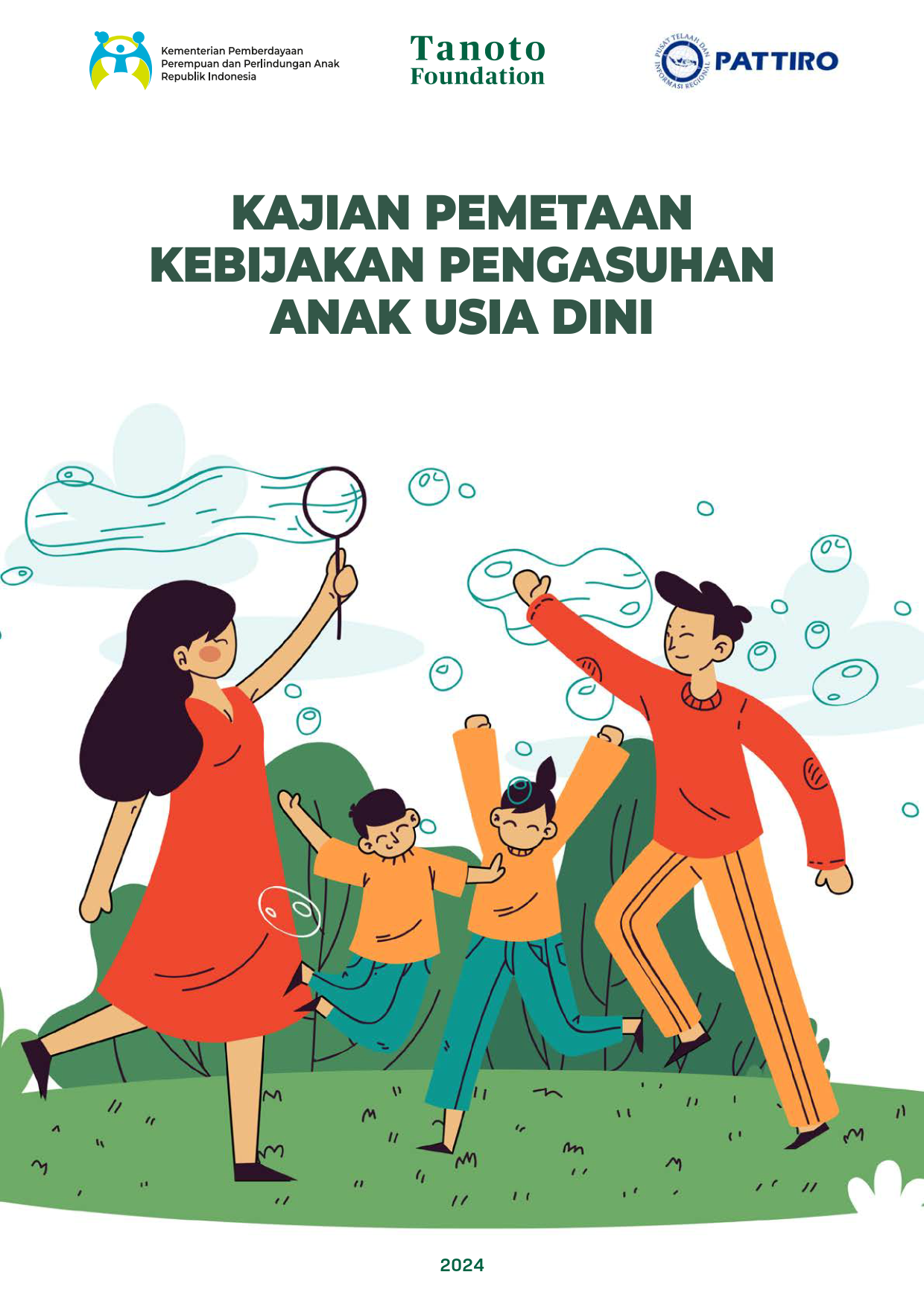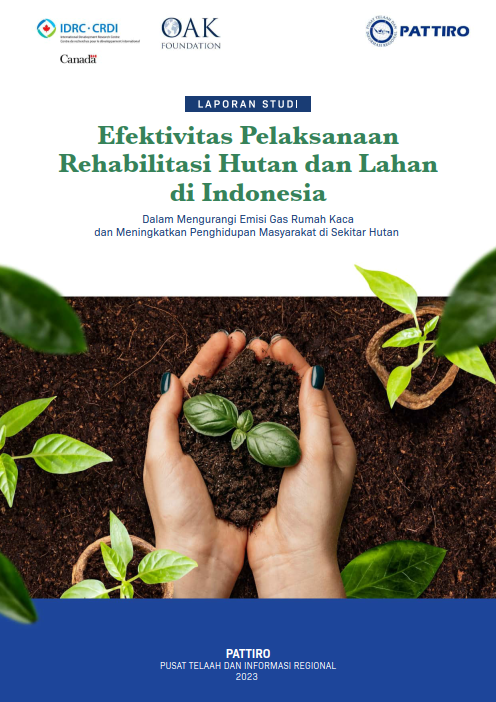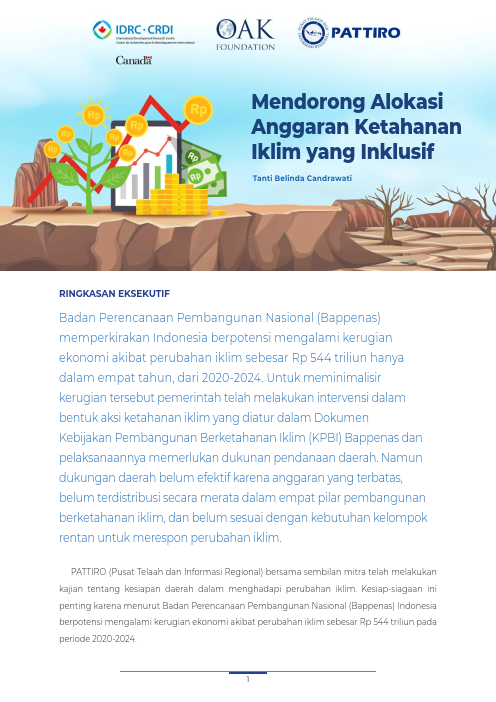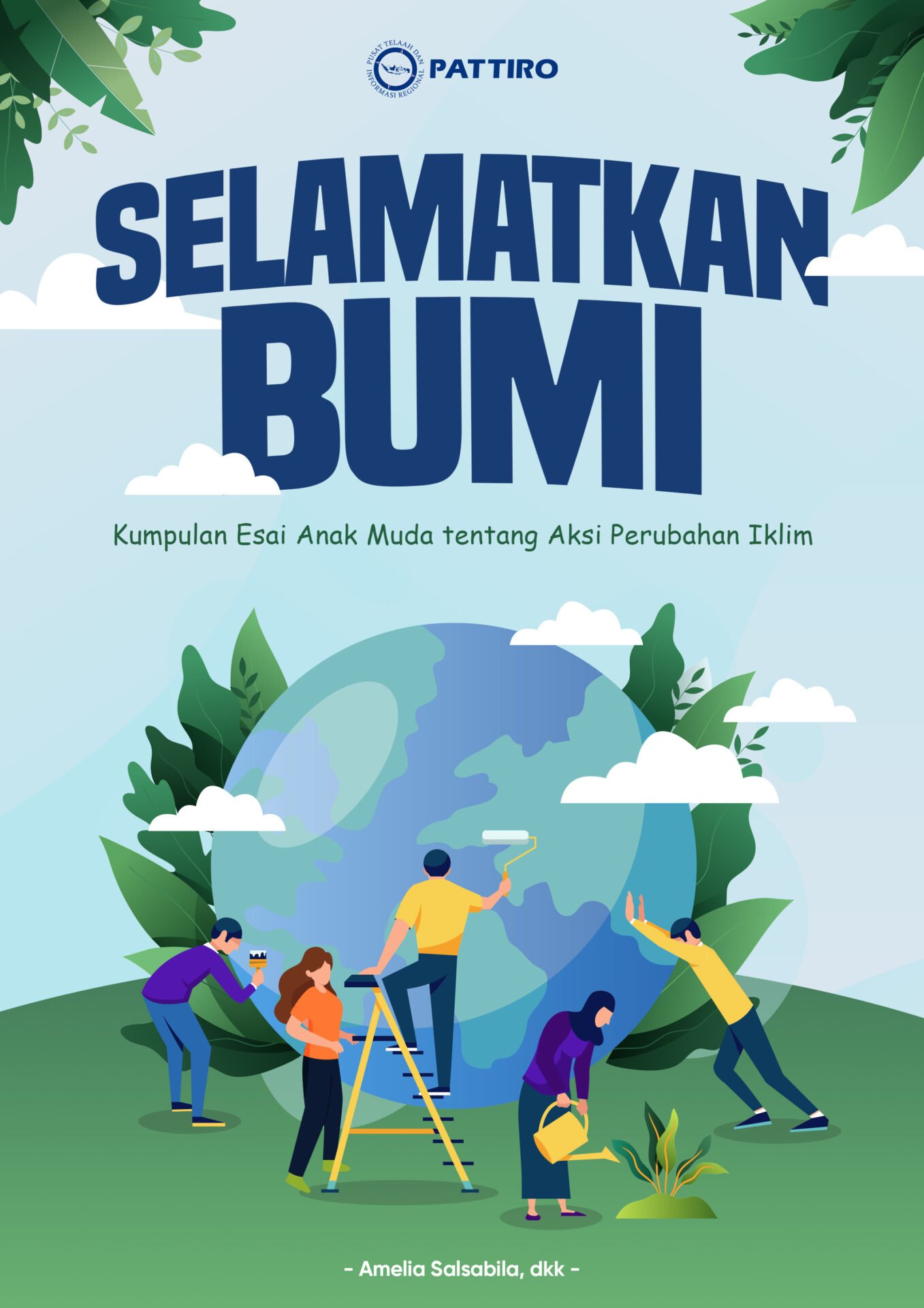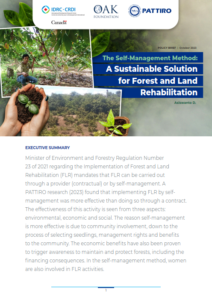 Minister of Environment and Forestry Regulation Number 23 of 2021 regarding the Implementation of Forest and Land Rehabilitation (FLR) mandates that FLR can be carried out through a provider (contractual) or by self-management. A PATTIRO research (2023) found that implementing FLR by self-management was more effective than doing so through a contract. The effectiveness of this activity is seen from three aspects: environmental, economic and social. The reason self-management is more effective is due to community involvement, down to the process of selecting seedlings, management rights and benefits to the community. The economic benefits have also been proven to trigger awareness to maintain and protect forests, including the financing consequences. In the self-management method, women are also involved in FLR activities.
Minister of Environment and Forestry Regulation Number 23 of 2021 regarding the Implementation of Forest and Land Rehabilitation (FLR) mandates that FLR can be carried out through a provider (contractual) or by self-management. A PATTIRO research (2023) found that implementing FLR by self-management was more effective than doing so through a contract. The effectiveness of this activity is seen from three aspects: environmental, economic and social. The reason self-management is more effective is due to community involvement, down to the process of selecting seedlings, management rights and benefits to the community. The economic benefits have also been proven to trigger awareness to maintain and protect forests, including the financing consequences. In the self-management method, women are also involved in FLR activities.
PATTIRO (The Center for Regional Information and Studies) found that forest and land rehabilitation (FLR) using the self-management method results in more economic impact and better sustainability than rehabilitation using the contractual method. Self-management and contractual methods are two ways of implementing FLR as regulated by Minister of Environment and Forestry Regulation Number 23 of 2021 concerning Implementation of Forest and Land Rehabilitation.
PATTIRO found the superiority of the self-management method compared to the contractual method in forest and land rehabilitation in its research in East Kalimantan, namely in Tebangan Lembak Village, Bengalon Subdistrict; HKm Batu Numoq in Batu Lepoq village, Karangan Subdistrict, East Kutai District; Sungai Kelay in Berau District, and Hkm Sungai Wain in Balikpapan, which lasted from April 2022 to June 2023. Of the four FLR locations, two of them were implemented on a self-management basis, while the remaining two were contractual. In this research, PATTIRO took a snapshot of three subjects: first, the achievements of the forest and land rehabilitation program in the 2020-2024 RPJMN; second, the effectiveness of implementing forest and land rehabilitation, and third, the impact of forest and land rehabilitation on communities living around the forest.
Analysis of the effectiveness of forest and land rehabilitation is measured using a scoring method, based on aspects of environmental benefits, economic benefits and social benefits. The assessment of indicators in each aspect uses four scales: A, B, C, D. A score of A indicates that the implementation of forest and land rehabilitation at the research location is highly effective, B means effective, C means less effective, and D is not effective. This assessment is
based on secondary and primary data and uses expert judgment1.

